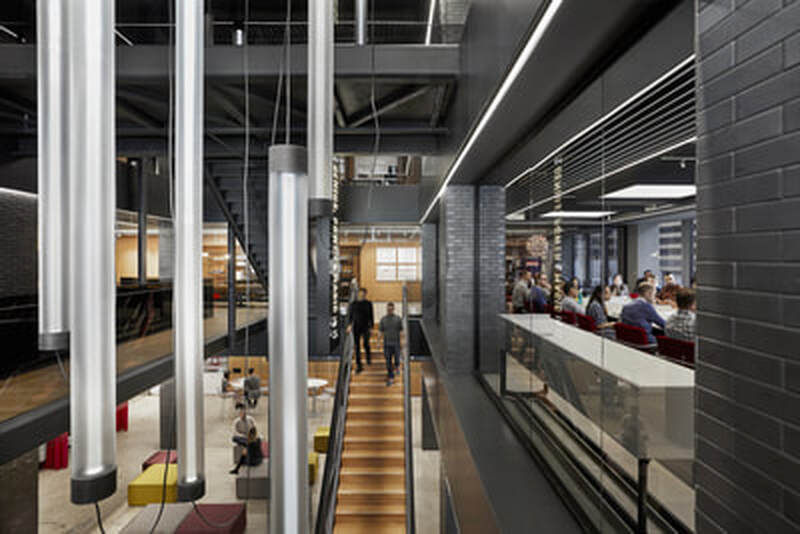
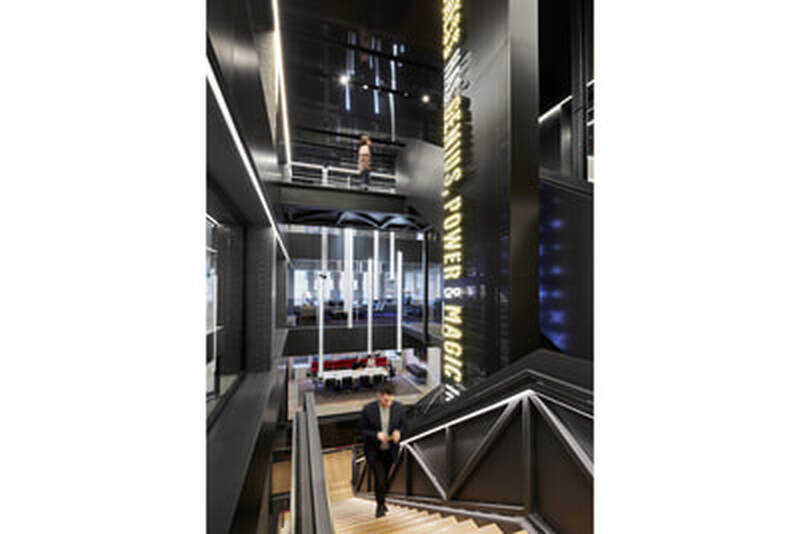

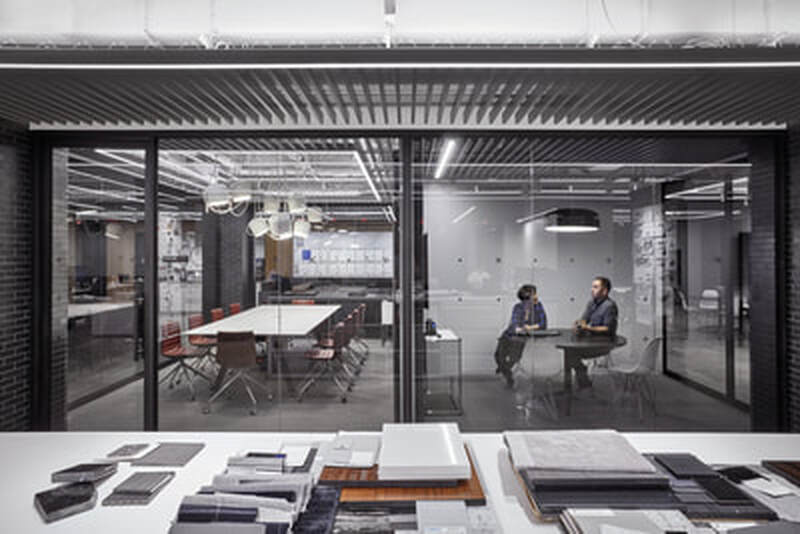
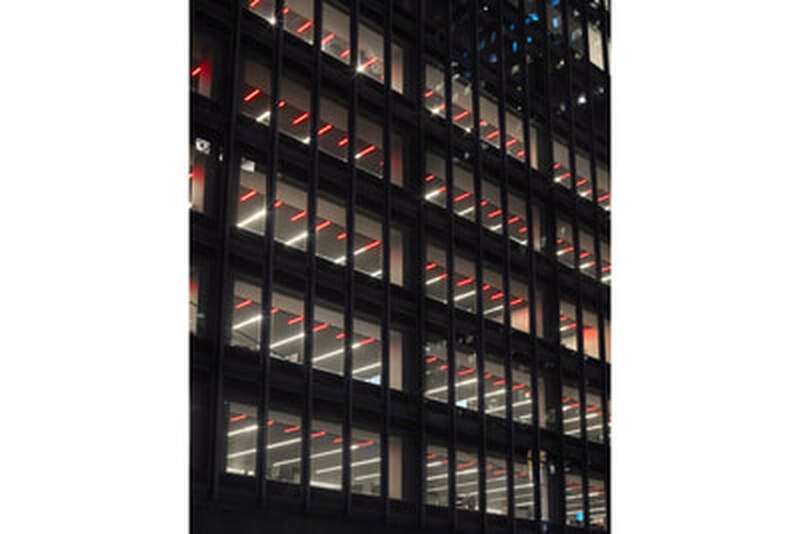
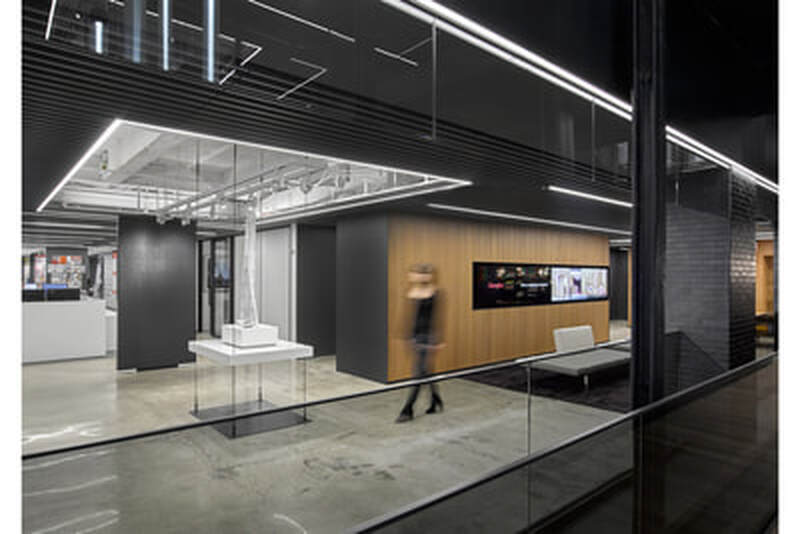
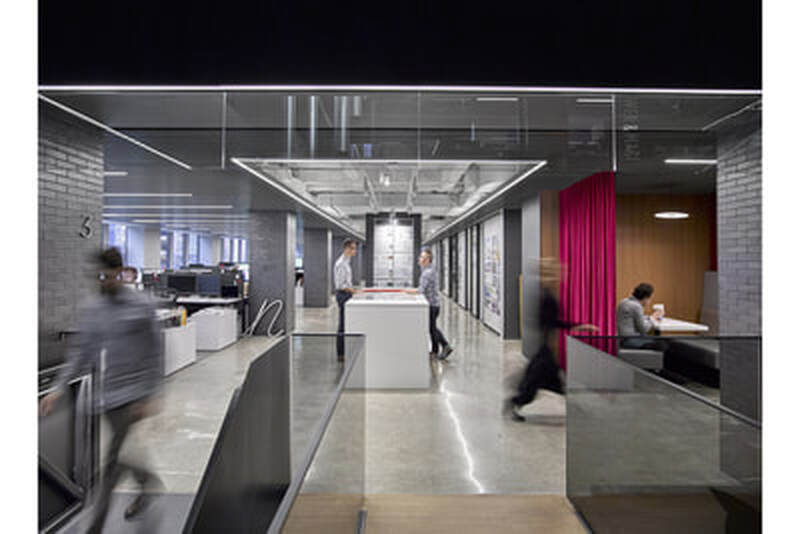
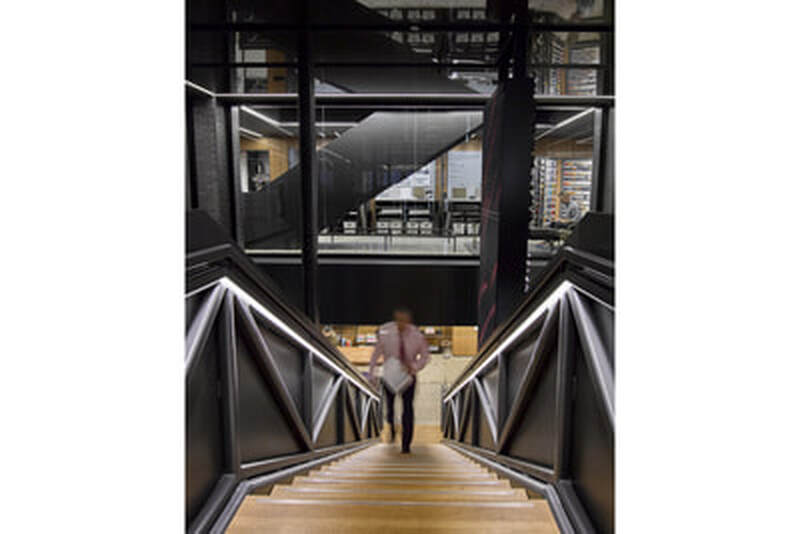
Client: Gensler
Location: 1700 Broadway, New York, NY
Floors 2 through 6
Size: 120,000 SF
Date: 07/2015 - 10/2016
Nour Jallad was the project architect on the Gensler team that was responsible for the design and implementation of the project.
Architects: Gensler
MEP Engineers: Robert Derector Associates
Structural Engineers: GMS
Lighting Consultants: HDLC
Graphic Design: Gensler
General Contractors: StructureTone
Photography: Garrett Rowland
Publication: Interior Design Magazine, May 2017
Location: 1700 Broadway, New York, NY
Floors 2 through 6
Size: 120,000 SF
Date: 07/2015 - 10/2016
Nour Jallad was the project architect on the Gensler team that was responsible for the design and implementation of the project.
Architects: Gensler
MEP Engineers: Robert Derector Associates
Structural Engineers: GMS
Lighting Consultants: HDLC
Graphic Design: Gensler
General Contractors: StructureTone
Photography: Garrett Rowland
Publication: Interior Design Magazine, May 2017
Context, Concepts, and Strategy
For Gensler’s new NY office at 1700 Broadway, the design team, in collaboration with the strategy and branding teams, looked for a new approach for how to position the office. For years, the office had been a reflection of Gensler’s clients. For the first time, Gensler looked to design a space that was a reflection of who Gensler is: creatives, designers, collaborators, New Yorkers. Playing off its theater district setting, the overall design concept for the project was to provide a space that would pull the ‘audience’ (clients, visitors, vendors, employees) behind the curtains, joining Gensler backstage as they start anew.
The office is 120,000 square feet on the second through sixth floors of the building. The design focused on providing a variety of different spaces for different activities: focus work, intermingling, collaborating, curating, showcasing. By dispersing the amenity spaces - such as work cafes, coffee bars, design center, model shop, digital lab - throughout the five floors, new ways of working can be developed. A five-story volume with suspended bridges and interconnecting staircases links these collaboration ‘avenues’ together and with the workspaces, forming a dynamic environment that can encourage ‘chance encounters’ for the 600+ employees in the space.
Other design features include: sit-stand desks, a bike room, a visualization theater, and a 20-foot interactive marquee. An energy-efficient system automatically controls lighting and dimming through sensors, which can also collect data about the offices’ usage, helping designers gather information that can be used for future projects.
Context, Concepts, and Strategy
For Gensler’s new NY office at 1700 Broadway, the design team, in collaboration with the strategy and branding teams, looked for a new approach for how to position the office. For years, the office had been a reflection of Gensler’s clients. For the first time, Gensler looked to design a space that was a reflection of who Gensler is: creatives, designers, collaborators, New Yorkers. Playing off its theater district setting, the overall design concept for the project was to provide a space that would pull the ‘audience’ (clients, visitors, vendors, employees) behind the curtains, joining Gensler backstage as they start anew.
The office is 120,000 square feet on the second through sixth floors of the building. The design focused on providing a variety of different spaces for different activities: focus work, intermingling, collaborating, curating, showcasing. By dispersing the amenity spaces - such as work cafes, coffee bars, design center, model shop, digital lab - throughout the five floors, new ways of working can be developed. A five-story volume with suspended bridges and interconnecting staircases links these collaboration ‘avenues’ together and with the workspaces, forming a dynamic environment that can encourage ‘chance encounters’ for the 600+ employees in the space.
Other design features include: sit-stand desks, a bike room, a visualization theater, and a 20-foot interactive marquee. An energy-efficient system automatically controls lighting and dimming through sensors, which can also collect data about the offices’ usage, helping designers gather information that can be used for future projects.